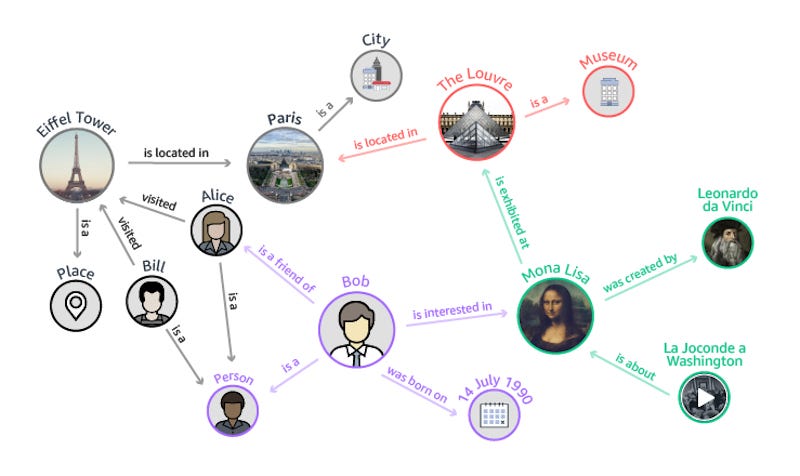
- Arangodb visualization for free#
- Arangodb visualization full#
- Arangodb visualization professional#
We hope by the end of this course you will have a better understanding of everything ArangoDB has to offer, what a native multi-model database is, and have the confidence to know when ArangoDB is the best solution for your product. The second section (coming soon) of this course covers some more advanced and enterprise features including: This course will provide everything you need to get up and running with ArangoDB.Īn intro to the Foxx Microservices Framework
Arangodb visualization professional#
However, you can now take your skills to the next level and become an ArangoDB Certified Professional by taking our FREEofficial exam! Visit the official ArangoDB website for more information on the FREEcertification exam. 4.1 ArangoDB and Foxx Microservices ArangoDB is the selected database.

Arangodb visualization for free#
Note: Udemy has recently changed its policy on free courses and no longer provides completion certificates for free courses. selected scenario along with a proper visualization for our database model. The data can be stored as key or value pairs, graphs or documents and all of this can be accessed by just one query language.
An overview of everything ArangoDB has to offer. ArangoDB helps to arrange the data in a very creative and flexible way. Remove the SORT operation if you want the node names returned in traversal order.ArangoDB: One engine. (It doesn't actually process all possible paths up to the maximum depth of 10, but you could set the traversal option OPTIONS Īll sub-arrays should look the same. The bindings has been developed with the SIP tool from Riverbank. Tulip Python is a set of modules that exposes to Python almost all the content of the Tulip C++ API. The reason is that there are multiple paths from A to C for instance (via B and also via B-F-E), and the query returns the last node of every path as variable v. Welcome to Tulip Python documentation¶ Tulip is an information visualization framework written in C++ dedicated to the analysis and visualization of graphs. Disclaimer: This blog post uses v3.1 of ArangoDB. ArangoDB can work with KeyLines to power a robust graph visualization application. The result might be a bit surprising at first: ArangoDB combines the advantages of a document, key-value and graph database with good performance and scalability. To do the reverse, we could use INBOUND, but in your case, we want to ignore the direction of the edge and follow anyway: FOR v IN 1.10 ANY "node/A" links If we look at the graph, this is correct: we only follow edges that point from the vertex we come from to another vertex (direction of the arrow). If we increase the max depth, then we can include nodes that are indirectly connected as well: FOR v IN 1.10 OUTBOUND "node/A" links This will only return, because the traversal depth is implicitly 1.1 (min=1, max=1). return the key (node name) for every vertex we see follow edges ("links" collection) in outbound direction, starting at A You can do arbitrary queries on ArangoDB and format the structures to your needs However there is no shrink wrap solution for this. You can run the following AQL queries, assuming there's a document collection node and an edge collection links and they contain the data for this graph: There are several javascript graph visualisation solutions in the field, one of them is Sigma.js. In your case, only the names of the visited vertices need to be returned. Arangodb visualization full#
for filtering or to construct a result, as well as the edge that led you to this vertex and the full path from start to finish including both, vertices and edges. Each encountered vertex can be accessed, e.g. For safer option more than declarative models can be used in the query.

Anyways, before I move further, this is how it looks like: You can say that this demo is. ArangoDB helps to arrange the data in a very creative and flexible way.

Older versions provided a set of graph-related functions, but native AQL traversal is faster, more flexible and the graph functions are no longer available starting with 3.0.ĪQL traversal let's you follow edges connected to a start vertex, up to a variable depth. I tried Arangodb but its GUI but somehow its GUI is not smooth enough. What you need is AQL graph traversal, available since ArangoDB 2.8.







 0 kommentar(er)
0 kommentar(er)
